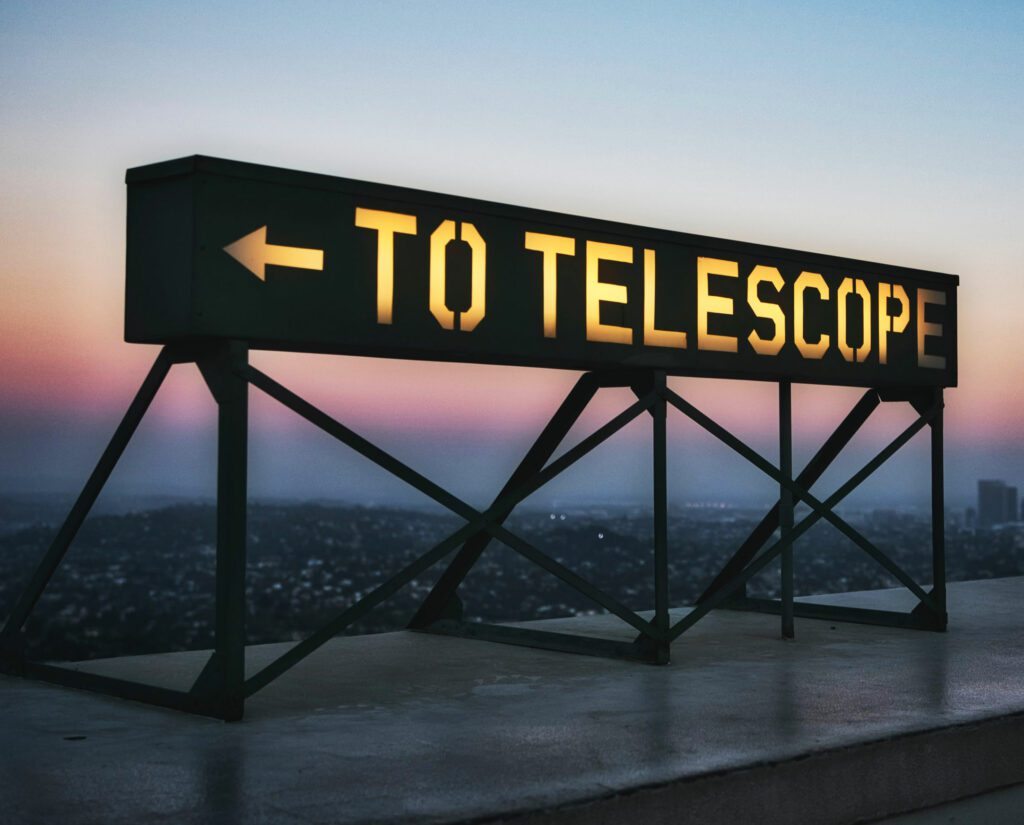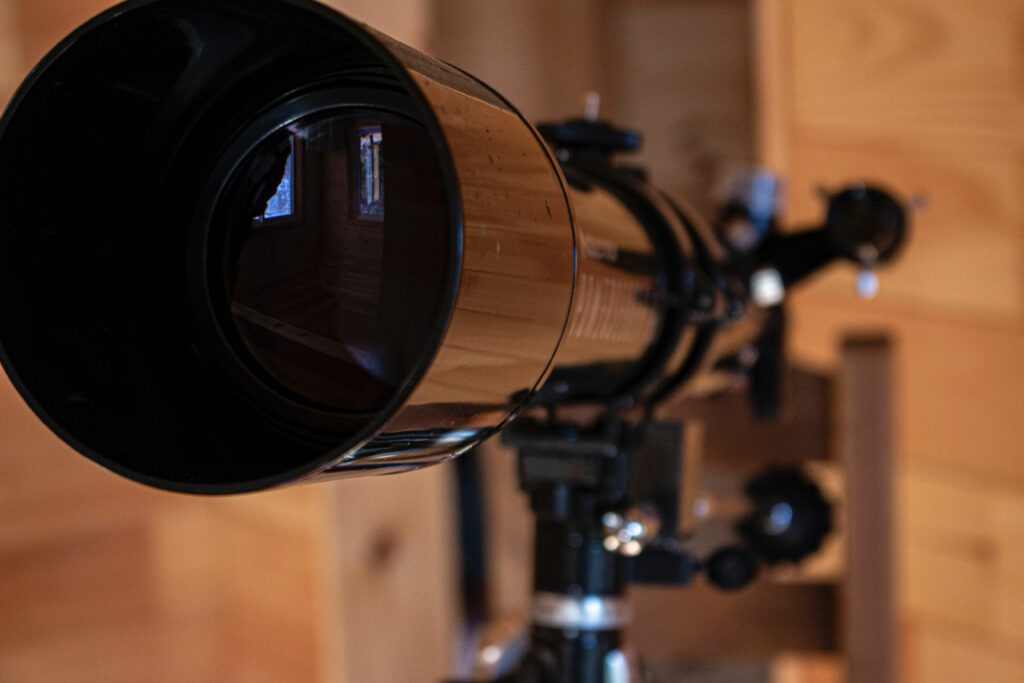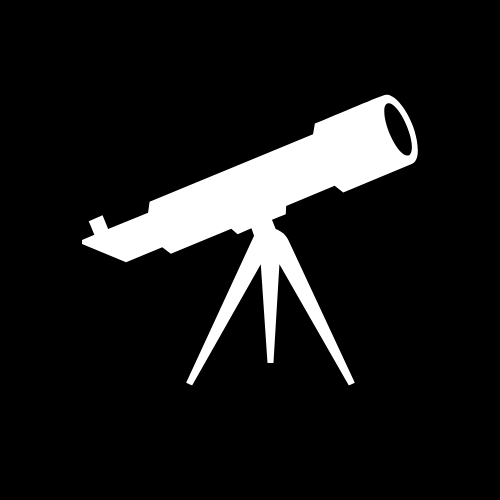How to choose your first telescope

The night sky is full of wonders and mysteries that have been fascinating humanity since the dawn of time. From the ancient astronomers who studied the stars to modern-day astronomers who use high-tech telescopes to explore the universe, the desire to know more about the cosmos has always been a driving force for human curiosity.
Key considerations
| Factor | Description | Details/Considerations |
|---|---|---|
| Type of Telescope | Refractor, Reflector, or Compound | Each type has its own pros and cons. |
| Aperture Size | Diameter of the telescope’s main optical component | Larger apertures gather more light. |
| Mount Type | Altazimuth vs. Equatorial | Determines ease of tracking and stability. |
| Portability | Size and weight of the telescope | Important if you plan to travel with it. |
| Ease of Use | User-friendliness, especially for beginners | Look for telescopes with simple setup. |
| Price | Your budget for the telescope | Balance cost with features and quality. |
| Additional Accessories | Eyepieces, Barlow lens, etc. | Necessary for enhancing the viewing experience. |
| Intended Use | Planetary, deep-sky, or general observation | Match the telescope to your interests. |
| Reviews and Recommendations | Feedback from other users and experts | Helps in making an informed decision. |
| Upgrade Potential | Ability to upgrade components over time | Consider if you plan to expand your hobby. |
Why you should buy a telescope
If you are someone who is interested in astronomy and stargazing, buying your first telescope is an essential step in exploring the night sky and experiencing the wonders of the universe.
Stargazing
A telescope is an essential tool for stargazing, while you can use binoculars or even the naked eye to observe the night sky, a telescope allows you to see further into the universe and observe celestial objects in more detail. With a telescope, you can see planets, stars, galaxies, and other deep-sky objects that are not visible with the naked eye. It’s also a great way to connect with nature, when you look up at the night sky, you are reminded of how small we are in the grand scheme of things, and how beautiful and vast the universe is.
Connect with nature
Buying a telescope and spending time observing the night sky is a great way to connect with nature and gain a deeper appreciation for the world around us. Telescopes can also be a fun hobby for the whole family. Children are naturally curious about the world around them, and a telescope can help them learn about science, nature, and the universe. Spending time stargazing with your family can also create lasting memories and inspire a love of science in your children.
Scientific research
While many people buy telescopes for personal use, they can also be used for scientific research. Amateur astronomers have made significant contributions to astronomy over the years, and many discoveries have been made using amateur telescopes. By buying a telescope, you not only have the opportunity to observe the night sky but also to contribute to scientific research and make your own discoveries.

Buying your first telescope is an essential step in exploring the night sky and experiencing the wonders of the universe. Whether you are interested in stargazing, science, or simply connecting with nature, a telescope can help you achieve your goals. Choosing your first telescope can be a daunting task, especially if you are new to the world of astronomy. There are many different types of telescopes available, each with its own set of features and capabilities. However, by considering a few key factors, you can choose the right telescope for you and start exploring the night sky with confidence.
To help you get started, here are the most important aspects to consider when buying your first telescope:
Aperture
The aperture is the most important factor to consider when choosing a telescope. It determines the amount of light that the telescope can gather and therefore the detail and clarity of the images you see. A larger aperture means that you can see fainter objects, but it also means a larger and more expensive telescope. A good starting point for a beginner is a telescope with an aperture of at least 4 inches (100 mm).
Magnification
Magnification is not as important as aperture, but it still plays a role in choosing your first telescope. A higher magnification can help you see more detail, but it also requires a stable mount and a clear, steady atmosphere. A good starting magnification for a beginner is around 50x to 100x per inch of aperture.
Mount
The mount is the mechanism that holds the telescope and allows you to adjust its position. There are two main types of mounts: altazimuth and equatorial. Altazimuth mounts are easy to use and are suitable for observing the moon, planets, and bright stars. Equatorial mounts are more complex but are better for tracking celestial objects as they move across the sky.
Portability
Consider how and where you will use the telescope. Will you be using it mainly at home, or will you be transporting it to different observing sites? A more portable instrument may be more convenient for taking to different locations, but a larger, more heavy-duty telescope may be more suitable for permanent setup at a home observatory.
Price
The cost of telescopes can range from a few hundred dollars for a basic model to several thousand dollars for a high-end instrument. Consider your budget and how much you are willing to spend on a telescope. Keep in mind that the more you spend, the better the quality of the optics and the more advanced features you’ll be able to enjoy.
Type of telescope
There are several different types of telescopes, each with its own set of advantages and disadvantages. Refractor telescopes are known for their sharp images and long lifespan, while reflector telescopes are more affordable and have a larger aperture. Compound telescopes, also known as catadioptric telescopes, are a combination of the two and offer a good compromise between cost and performance.
Brand reputation
Consider the reputation of the manufacturer when choosing a telescope. Brands with a good reputation for producing high-quality instruments and providing excellent customer service may be worth investing in, even if they come with a higher price tag.
Features
Some telescopes come with advanced features such as computerized controls, tracking systems, and high-tech mounts. These features can make the observing experience more enjoyable, but they also add to the cost of the instrument. Consider the features you need and how much you’re willing to spend on them.
Accessory compatibility
Some telescopes are compatible with a wide range of accessories, such as cameras, filters, and eyepieces, while others are not. Consider the accessories you may want to use with the telescope and ensure that the instrument you choose is compatible with those accessories.
User reviews
Read reviews from other users to get a sense of the telescope’s performance and any potential issues. Look for reviews from users who have similar experience and observing goals as you.

Warranty and customer service
Consider the warranty and customer service offered by the manufacturer. A good warranty can provide peace of mind in case of any defects or problems with the instrument. Look for a company that offers a solid warranty and has a reputation for providing excellent customer service.
Ease of use
Consider how easy the telescope is to set up and use. Some telescopes are designed for ease of use and require little setup, while others are more complex and require more time and effort to get started. Choose a telescope that fits your level of experience and technical expertise.
Observing goals
Consider what you want to observe with the telescope. Different telescopes are designed for different types of observations, such as lunar and planetary viewing, deep-sky observation, or astro-photography. Make sure the telescope you choose is designed for your observing goals.
Sky conditions
Consider the sky conditions where you will be using the telescope. If you live in a light-polluted area, you may need a telescope with a larger aperture to see fainter objects. If you live in a rural area with dark skies, a smaller telescope may be sufficient.
Size and weight
Consider the size and weight of the telescope, especially if you plan on transporting it. A larger, heavier telescope may be more challenging to transport and set up, but it may also offer better performance.
Quality of optics
Look for a telescope with high-quality optics, such as coated lenses and mirrors. These elements play a critical role in the clarity and detail of the images you see.
Cooling time
Consider the cooling time of the telescope. Some telescopes, especially those with large apertures, can take a long time to cool down to ambient temperature, which can affect the quality of your observations.
Assembly and maintenance
Consider the assembly and maintenance requirements of the telescope. Some telescopes require frequent maintenance, such as cleaning and realigning the optics, while others are more maintenance-free. Make sure you understand the maintenance requirements of the telescope before making a purchase.
Local astronomy clubs
Consider joining a local astronomy club to get advice from more experienced observers. These clubs can provide valuable information on telescopes and can help you make a more informed decision.
Test drive
If possible, try out a telescope before making a purchase. Many astronomy clubs and retailers offer the opportunity to try out telescopes before buying. This can help you get a feel for the instrument and determine if it’s the right one for you.
Choosing your first telescope requires careful consideration of several factors, by taking the time to think about your observing goals, budget, and other important factors, you can choose the right telescope for you and start exploring the night sky with confidence.
FAQ Section for “How to Choose Your First Telescope”
What Type of Telescope is Best for Beginners?
The best type for beginners is typically a refractor or a Dobsonian reflector due to their ease of use and maintenance.
How Important is Aperture Size in a Telescope?
Very important. A larger aperture gathers more light, which allows for better visibility of faint objects.
What’s the Difference Between Refractor and Reflector Telescopes?
Refractors use lenses and are typically more durable and require less maintenance, while reflectors use mirrors and are generally cheaper for the same aperture size.
Should I Choose a Manual or a GoTo Telescope?
Manual telescopes are less expensive and can help beginners learn the night sky, while GoTo telescopes are more convenient and automated.
How Much Should I Spend on My First Telescope?
It depends on your budget and interests. Entry-level telescopes can start from around $100 to $200.
What Accessories Should I Consider with My First Telescope?
Consider additional eyepieces, a Barlow lens for more magnification, and a good star map or astronomy app.
Is Portability an Important Factor?
It is if you plan to travel with your telescope or have limited storage space.
Can I Use My Telescope for Astrophotography?
Some telescopes are suitable for basic astrophotography, especially those with a stable mount and the ability to attach a camera.
How Do I Maintain My Telescope?
Maintenance typically involves cleaning the lenses or mirrors occasionally and ensuring the mount and focuser are in good working order.
Can I See Planets and Galaxies with a Beginner Telescope?
Yes, many beginner telescopes are capable of showing planets, the Moon, and some galaxies and nebulas under good conditions.
